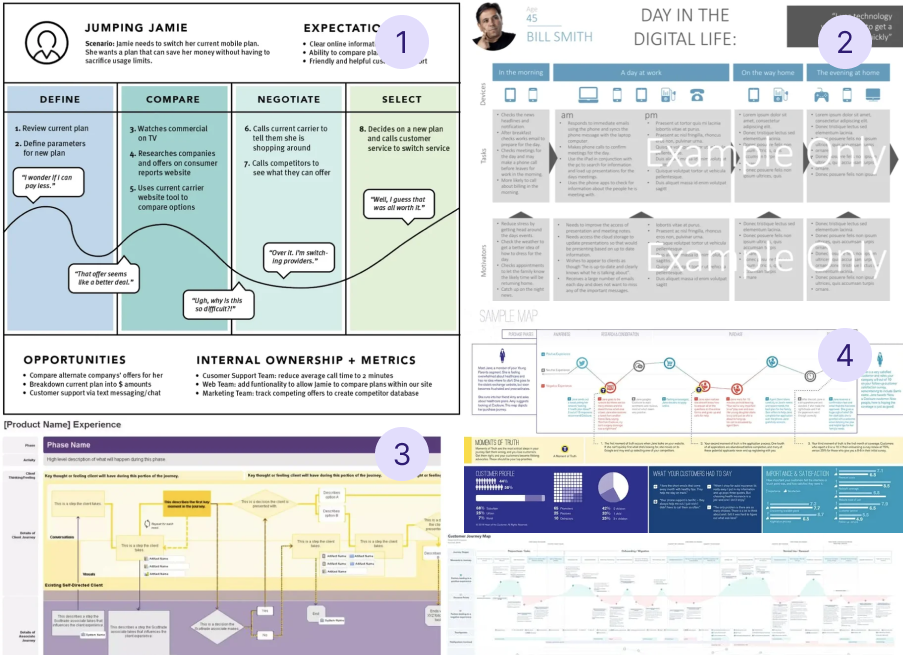October 29, 2024
Issue #685
We have to admit that as buyers, we want to control our buying process and optimize our time evaluating a product.
But everyone needs help from time to time, especially when there are +10K tech options.
So in this Daily, we share how sales reps can be your trusted advisor, and how ELG can make your customer journey a piece of cake.
Let’s dive in.
PRINCIPLES
A rep does more than sell
According to Gartner’s Digital Buying Survey, 43% of B2B customers prefer a rep-free experience. They think that the self-serve process is better and faster.
We know that there’s a rule that says that the customer is always right, but we don’t think this rule applies 100% of the time in this case.
If a rep understands their buyer’s pain points and unique situation, they can educate and support buyers in a way that makes them feel much more knowledgeable and confident about their purchase.
A good rep guides their prospects and goes into every opportunity and interaction with exactly the right efficient, purposeful, and personalized approach.
A good rep gathers as much information about their prospects as possible before making their pitch.
A good rep does more than sell, they act as a trusted advisor.
TACTICS
Build up your customer journey map
According to HubSpot, there are four types of customer journey maps that you can use:
1. Current state: They visualize the actions, thoughts, and emotions your customers currently experience while interacting with your company.
2. Day in life: They visualize the actions, thoughts, and emotions your customers currently experience in their daily activities, whether or not that includes your company.
3. Future state: They visualize what actions, thoughts, and emotions your customers will experience in future interactions with your company.
4. Service blueprint: This map starts with a summary of the three previous customer journey maps, and then layers on the factors responsible for delivering that experience, including people, policies, technologies, and processes.

One good way to improve or even start your Customer Journey map is by incorporating Ecosystem-Led Growth (ELG). This can help you enhance each stage by using insights from ecosystem partners to tailor and improve your customers’ experience.
Here are some best practices to build your Customer Journey maps while integrating ELG:
- Set a goal for the journey map
Define goals not only around improving the customer’s buying experience but also around leveraging partner data to anticipate customer needs. For instance, using insights from ecosystem partners about complementary product usage can inform where to optimize or streamline steps, making the journey smoother.
- Exchange partner data to better understand shared customers’ buying journeys
Go beyond your direct customers by gathering input from ecosystem partners. Partners may interact with shared customers at different journey stages and can provide unique insights on pain points, interests, and behaviors that impact the journey. These shared insights enrich your view of the customer experience.
- Ask customer service reps about the questions they receive most frequently
Similarly, consult partner support teams to understand the common inquiries they receive related to your shared customers’ challenges. This helps you map points of confusion or frustration within the journey, which can be addressed through both internal and external resources.
- Consider customer journey mapping for each buyer persona
Use ecosystem data to refine and expand your buyer personas. Partners may provide details on shared customers’ demographics or usage patterns, helping you create highly tailored journey maps that cater to different types of buyers, industries, or roles within an organization.
- Review and update each journey map after every major product release
ELG ensures that every product or service update considers partner-related factors. By updating journey maps in coordination with your ecosystem, you can address how changes impact both customers and partners, maintaining a cohesive experience that accommodates all involved parties.
- Make the customer journey map accessible to cross-functional teams
An ecosystem-led approach naturally involves collaboration across teams. Make the journey map accessible not only internally but also to strategic partners, enabling them to provide valuable feedback. This fosters alignment between organizations and ensures the journey reflects both the customer’s and the ecosystem’s needs.
Through these ELG-informed practices, journey mapping becomes a more holistic and customer-centered process that maximizes the value provided to customers across interconnected products and services.
Download HubSpot’s customer map template here and learn more about the customer journey here.
STUFF YOU CAN'T MISS
- October 30 — Selling to technical buyers
Rod Baptista (SaaS) and Brandon Lecoq (Cyber Security) will share their proven strategies for engaging those on the technical side of an organization. From tailoring your pitch, capturing attention, and effectively positioning your offerings to capture the interest of technical buyers, this event is a must-attend. Save your seat here.
- November 11-14 — Web Summit
70,000 people will gather in Lisbon, Portugal for one of the biggest tech conferences in the world, featuring speakers from leading companies across nearly every technology vertical. Book your ticket to join them here.
- November 20 — GTM Partners Better Together Roadshow: San Francisco
If you’re a GTM leader, join the first B2B go-to-market conference focused on unifying teams and tech. The Crossbeam team will be at the next event in San Francisco, learn more here.
You're all caught up
See you tomorrow
If this email was forwarded to you,
sign up here to get the newsletter every week.




